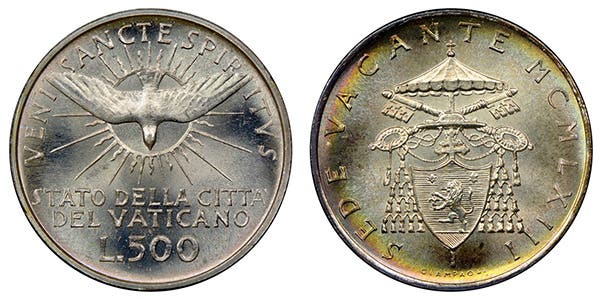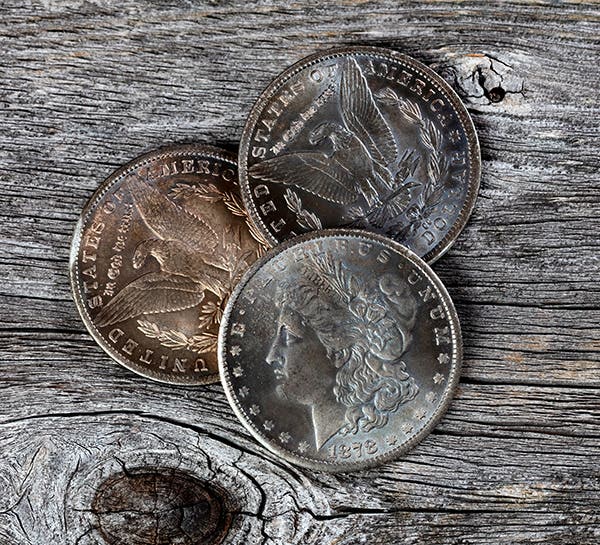Poll Question: How do you spot counterfeits or ensure the authenticity of coins?
The respondents’ answers to the January 17, 2025, Numismatic News E-Newsletter Readers’ Poll vary with some relying on dealers and others purchasing authenticated coins.
In my experience, the best way to identify a fake coin is to compare it right there on the spot with a coin of the same type. Once you see the real coin, spotting a fake one is easier.
Of course, when making a significant purchase, you have to trust whom you are buying from so that if there is a problem later on (once you get home), you can return the item or at least have a discussion.
Buying certified coins also helps. If you are not sure, just do NOT buy!
François Rufiange, Quebec City, Canada
Well, first, I'm not a seasoned coin collector. I inherited a collection from my mother but quickly discovered you have to be on your toes to know the coin lingo. Knowing nothing about DD, DDO, and all the errors coming out of the machines and mints. After they stayed in my safe for a few years, I decided to take a look at them.
Before sending them to get them slabbed, as they say, I took a handful to a friend's coin shop to have them authenticated, making sure they were the true coins that they were supposed to be. Then, over to another shop that came highly recommended, and the same test was done on the coins for the properties they held inside. I can't remember what they called the tool, but it read out 95 percent copper and 5 percent zinc or tin. Now I'm onto something. And the men who did the testing told me to get them graded that I hold a few Holy Grails. Well, back to the safe they went. I wanted to know more. I only wanted to stay with one denomination.
The good ole Abe Lincoln. At my age, I couldn't hold all the information in my mind with silver coins and paper money. Then, I started buying boxes of cents at my bank. Oh, and the Red Book. Well, I wore myself out inspecting thousands a week. Been at it for a year and am ready to pass the torch. It's time for grading and finding a place like Bowers to auction them for me or buy them outright. My health is not getting any better. It was and is a hell of a run. Just wish I could have stayed in my early years.
Name and Address withheld
I've been collecting coins for 30 years, but I definitely don't consider myself an expert. Sometimes, counterfeit or fake coins are so bad it is obvious.
In 2005, as a graduation gift to myself, I went on a tour of China. One of the street markets featured a table full of American "silver" dollars, mostly Morgan and Trade dollars. The dates had clearly been altered as the font didn't match the letters. Most were intended to look like rarer dates, like 1894 and 1895. The prices, about $5-7 at the time, also tipped me off that something was amiss.
I knew better but knowingly purchased a fake 1876 Trade dollar. My local coin dealer later used a scale to confirm it was not genuine. I came back with a cheap souvenir and no buyer's remorse.
Mark Vezzola, San Diego, Calif.
I take the easy way out - I buy coins already authenticated by PCGS and rely on THEIR experts!
Steve Feiertag, Address Withheld
That’s a good question; with China now even faking the holders and barcodes of NGC and PCGS coins, as well as the coins themselves, it makes it that much harder to spot fakes.
For some coins, you can spot obvious fakes. For instance, if they are supposed to be silver and are not, coins like the 1937-D three-leg buffalo nickel, 1856 flying eagle cent, or 1916-D mercury dimes, all have certain die characteristics to tell if they are genuine. You need to learn them, especially if you are buying them raw from a dealer you don’t know very well.
I would mostly buy these types of coins with TPGs and from dealers or auction houses that guarantee their authenticity.
Other knowledgeable dealers can also be of help.
The counterfeiters keep getting better, so we have to be even more vigilant.
Roy Herbst, Address withheld








